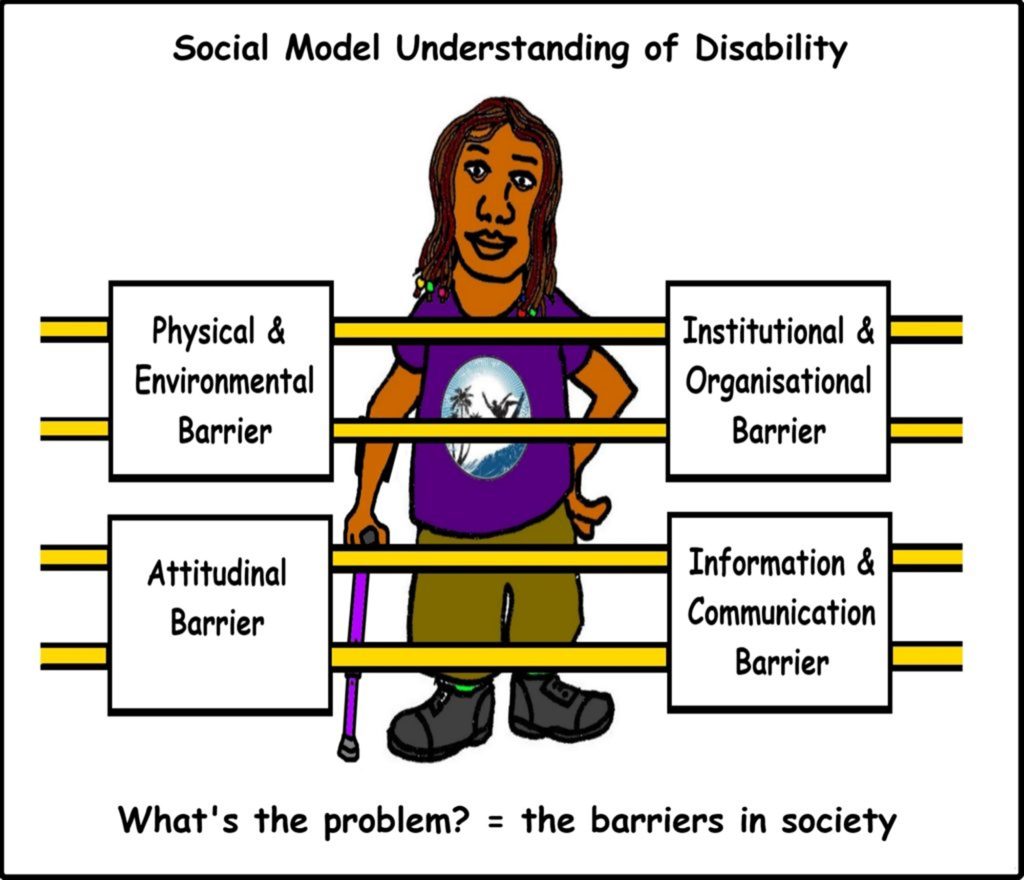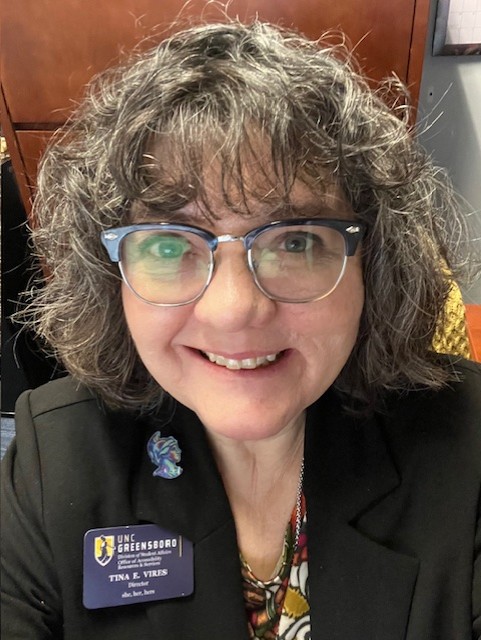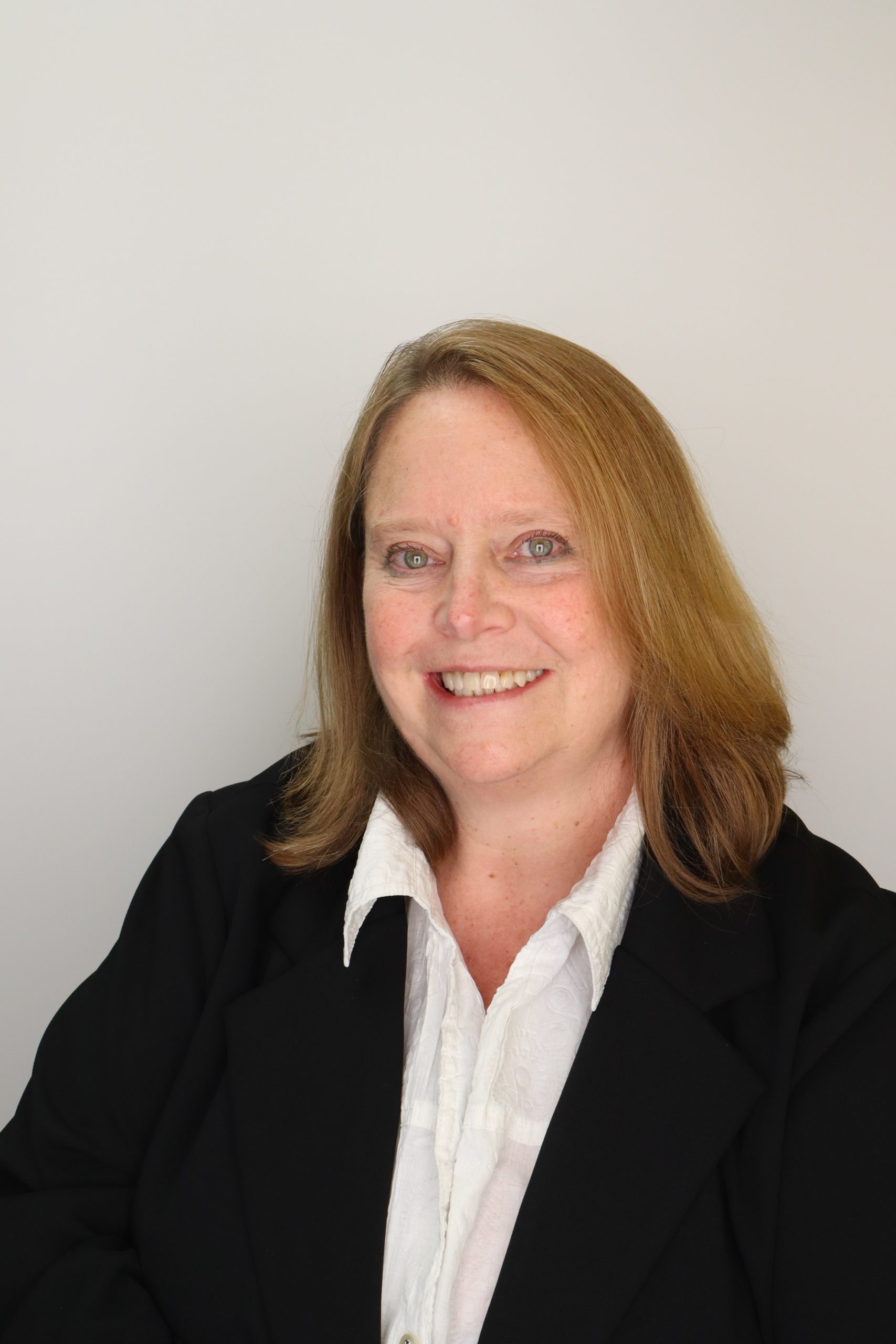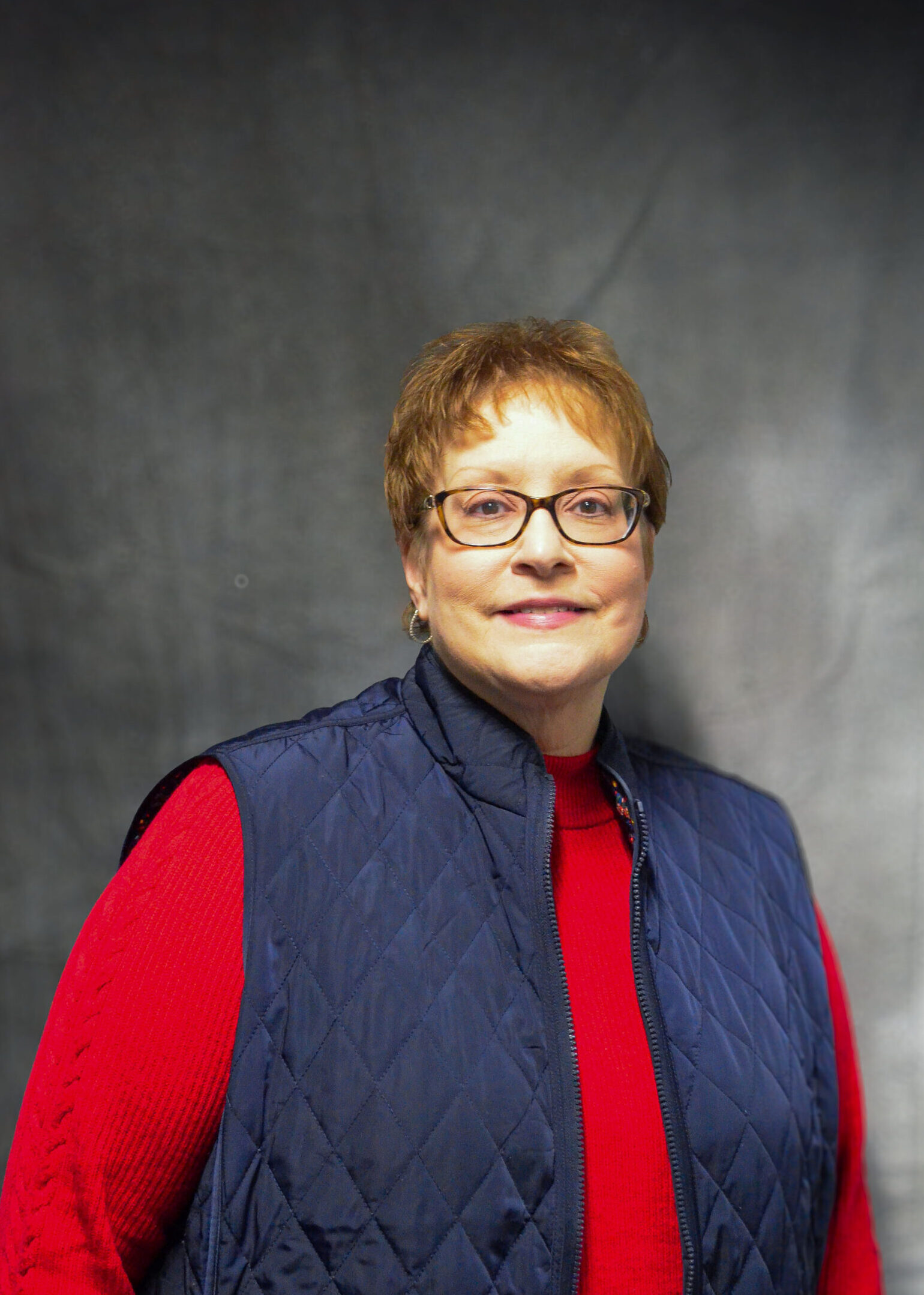About Us
Mission
OARS collaborates with the UNCG community to ensure that campus life is accessible. This includes the removal of barriers to access whenever possible and implementation support for reasonable accommodations for students with disabilities. OARS provides the institution with resources, education, and direct services promoting equitable access and inherent acknowledgment of disability as a part of humanity.
Vision
OARS envisions a campus that is inherently equitable, accessible, & inclusive.
Social Model of DisAbility

UNCG OARS serves under the Social Model. What’s the difference?
As indicated in the following charts, the social model recognizes that I, as a person with a disability, am part of the diversity of humanity, and that “the problem is how society is arranged not the disabled person.” Barriers are outside of the disabled person and may include “stairs with no ramps or lifts; inaccessible buildings, housing, and public transport; over-the-top health and safety; no sign language interpreters or accessible formats; multiple barriers to employment; segregated schooling; and discrimination and segregation.”
Medical Model of Disability
On the other hand, the medical model insists that I, as a person with a disability, am broken and needs to be fixed; I am “the problem.” E.g., “Can’t use stairs or public transport; housebound and unsafe in society; can’t communicate because of walking, seeing, hearing disabilities; too problematic for schools; not the same as “normal” people; a drain on society (“scrounger”).”

Societal barriers

The infographic, formerly from Disability Arts Online, further illustrates the social model. A person leaning on a cane stands behind a pseudo-fence with the barrier labels, “Physical and Environmental, Institutional and Organizational, Attitudinal, and Information and Communication.”
For additional information see The Greater Manchester Coalition of Disabled People.






